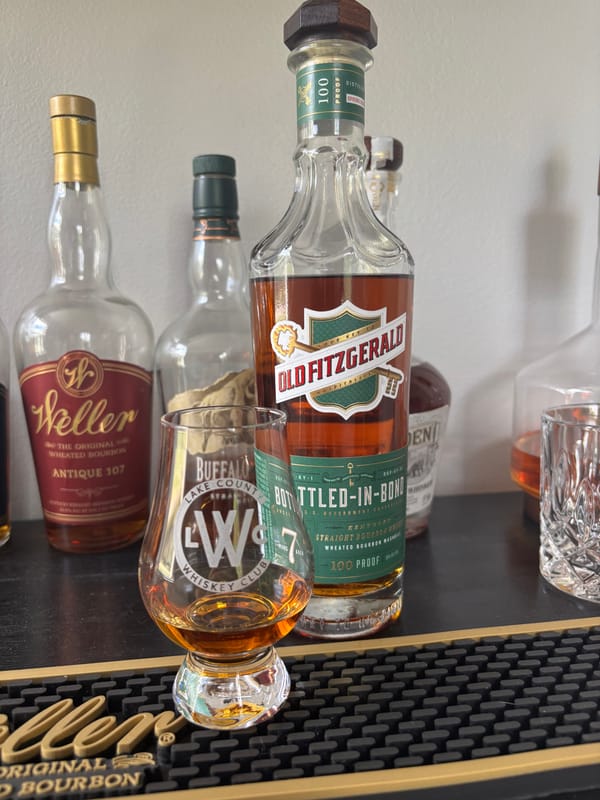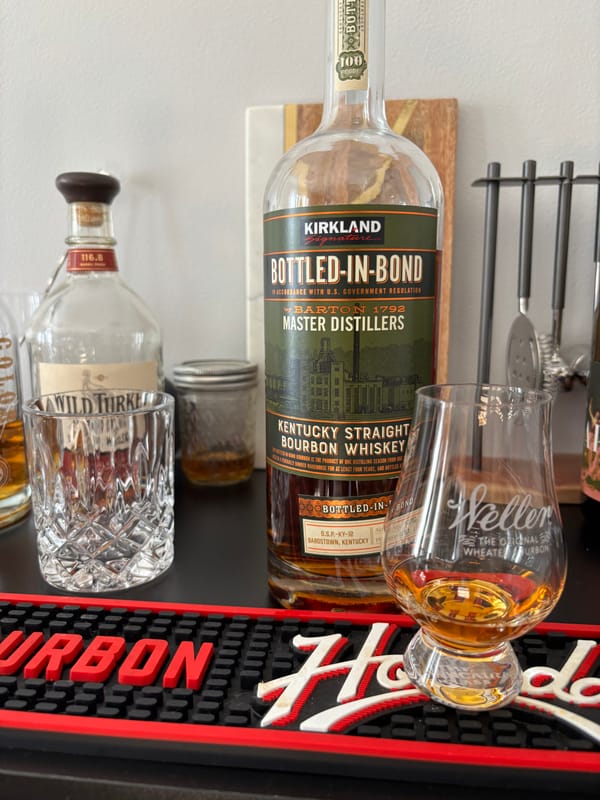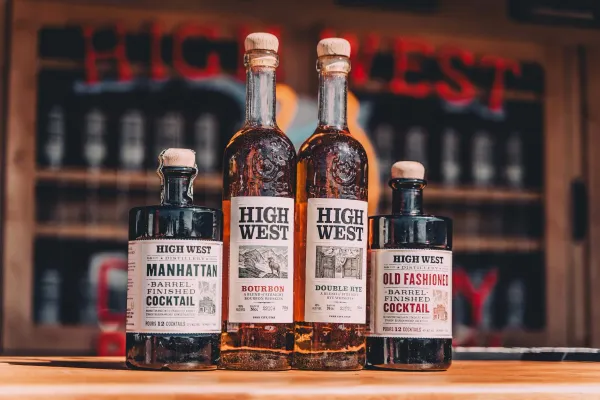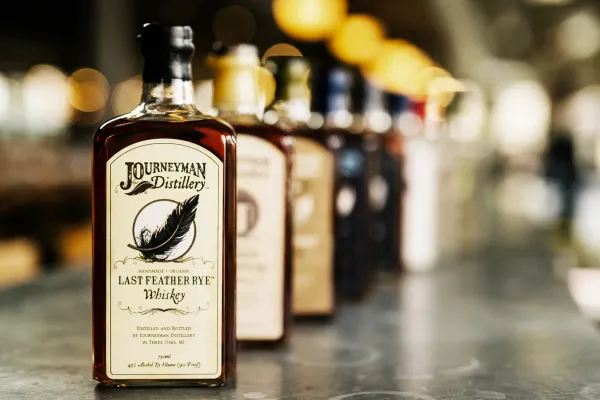Whiskey Distillery Quality Control Truth: The Check You’ll Wish You’d Trusted Sooner

Distillery Quality Control Measures: The Whiskey Guard You Can’t Dodge
Distillery quality control measures in whiskey production aren’t just protocols. They’re the rigorous checks that ensure every batch meets legal and flavor standards. If you don’t know these measures, you’re missing the guard that perfects every bottle. For whiskey enthusiasts eager to trust their pour, this is the pure truth about whiskey distillery quality control measures, rooted in legal standards and science, and a 2025 must-know.
What Are Distillery Quality Control Measures?
U.S. law requires whiskey (bourbon, rye, etc.) to meet grain (e.g., 51% corn), distillation (160 proof max), and aging standards, with quality control ensuring compliance. Scotch and Irish whiskey (Scotch Whisky Regulations 2009, Irish Whiskey Act 1980) mandate similar oversight. Measures include testing grain moisture (12-15%), monitoring fermentation (8-10% ABV in three to five days), verifying distillate proof (80-150 proof), and sampling aged whiskey for flavor consistency (vanilla, caramel). Labs use gas chromatography to detect off-flavors, ensuring whiskeys bottled at 80 proof minimum are pure in climates like Kentucky (20-100°F).
How Quality Control Shapes Whiskey
Grain testing prevents mold, ensuring corn’s sweetness for bourbon. Fermentation checks maintain yeast activity, preserving esters for fruity notes in Scotch, aged three-plus years in Scotland’s climate (40-65°F). Distillate analysis confirms no impurities, protecting rye’s clove profile. Barrel sampling during aging (four to eight years) ensures oak-driven flavors meet expectations, with non-compliant batches reprocessed or discarded. Legal standards enforce these checks, preventing flavor deviations or regulatory violations, delivering consistent whiskeys at 80-120 proof.
Why Quality Control Matters for Your Sip
A bourbon at 80 proof, quality-checked, delivers reliable toffee warmth, while a Scotch at 86 proof, rigorously tested, offers pristine malt, per legal standards. Lax controls risk off-flavors. Every sip reflects quality control’s protective role, making your next bottle a trusted expression of its craft.
Why Distillery Quality Control Measures Matter in 2025
Distillery quality control measures are whiskey’s consistency sentinels. By 2025, understanding these standards could make every sip a clear taste of verified excellence, from bold to refined. It’s the truth in the check, so don’t miss the guard.
Check out NEAT: Whiskey Finder—it’ll help you track down bourbon and whiskey near you.





